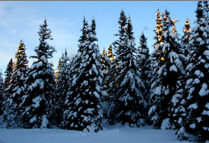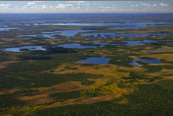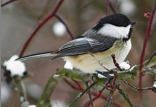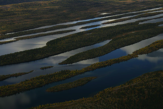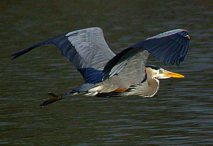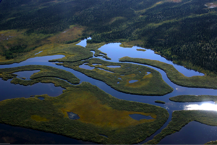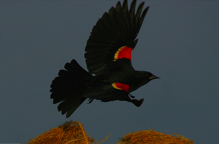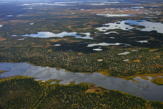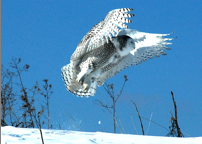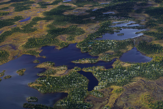
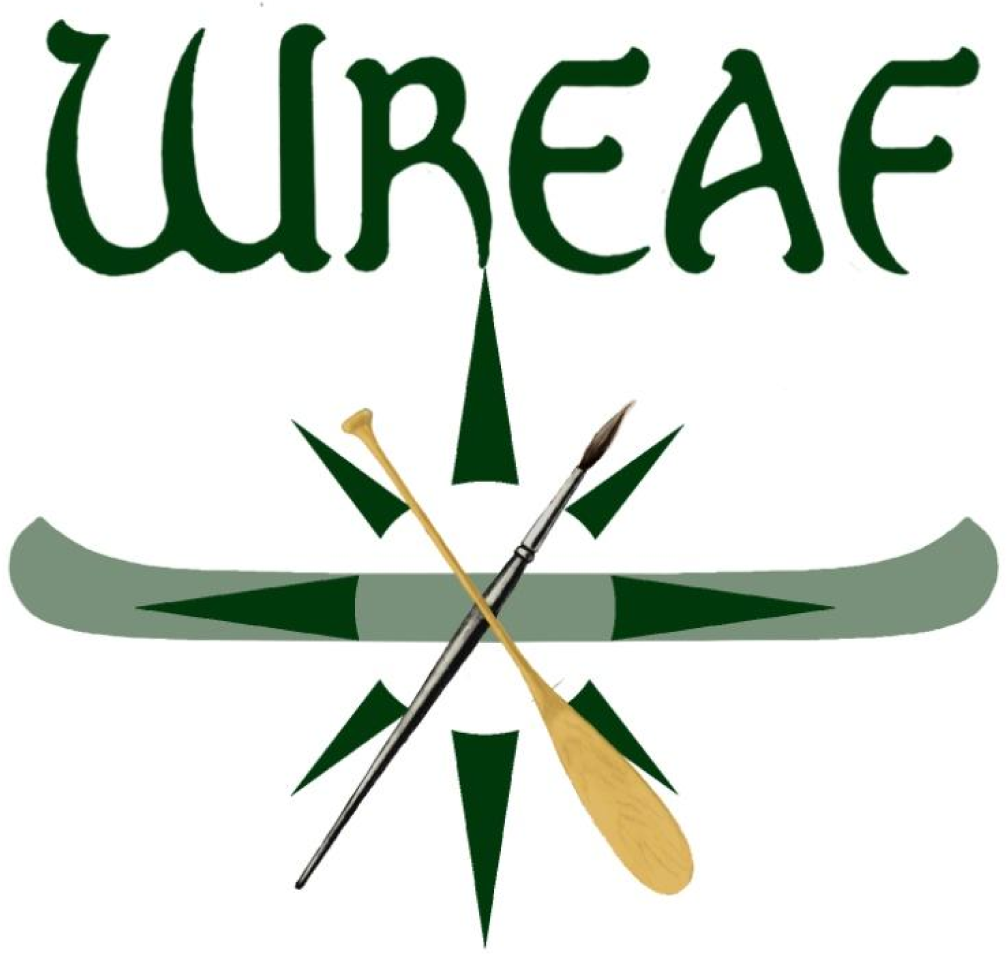
What and Where is the Boreal Forest
This question is one that is not easily answered. For one thing, we face the problem of making human delineations of a natural system that seamlessly morphs into the "ecozones" surrounding it. For another, there is no clear and simple definition of the Boreal Forest (also just for fun called "Taiga" which is borrowed from the Russians who have a lot of it).
A consensus revolves around "circumpolar conifer forest" with generally thin soils over glaciated bedrock. Being northern, severe winters and relatively cool summers (though temperature extremes are dramatic) are typical, hence the second name of The Snow Forest.
Winter is in many ways the defining season of the Boreal Forest, which is also sometimes called the "Snow Forest". The stresses of the long severe winters typical in the Boreal Forest ecosystem shape the land, the plants, animals and even the cultures of the people that live there.
Wetlands abound due to generally poor drainage and low evaporation; the trees of the Boreal Forest have had to adapt to the short growing season and heavy snow loads. This is a main reason why conifers predominate. Their conical shape minimizes the structural stress created by the snow load, and their needles minimize heat and moisture loss while providing instant photosynthetic ability when spring arrives without waiting for new leaves to develop.
Animals tend to be larger in the northern portions of their ranges (Bergman's Rule) but with relatively smaller extremities (Allen's Rule). Both of these trends have the effect of conserving heat in the body core since the skin surface area relative to body mass decreases as an animal increases in size, leaving more tissue to generate heat with correspondingly less surface area to radiate it away; smaller noses, ears and appendages radiate less heat as well. There is debate about the mechanisms and even the validity of these "rules," and you could fill a bestiary with the exceptions. However, it is easy to imagine that natural selection would favor such heat conserving traits and that the exceptions are the result of natural selection's continuous cost/benefit analysis of a complex panoply of competing concerns and the limitations inherent in the evolutionary history of various organisms. While humans show some adherence to Bergman's Rule it is technological innovation that has most enabled cultures to thrive for thousands of years in these harsh conditions.
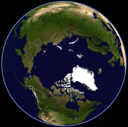
The maps on this page will hopefully provide a happy medium and are compiled from a variety of sources including a floral zone map from the University of Tennessee (provided by botanist Dr. Jim Vogelmann), NASA satellite imagery and the experience of WREAF expeditions (which so far are limited to North America).
How and Why is the Boreal Forest Important?
Even absent a consensus definition, the Boreal Forest, as can be easily imagined from the polar view above, is the largest terrestrial ecosystem on Earth. Flying into the George River, we could see the way the forest breaks into a mosaic and melds into the tundra. The two combine into a northern wilderness of a truly vast aspect and yet even so are not beyond the devastating reach of our consumptive appetites.
Critical for climate moderation, liquid fresh water, indigenous cultures, wildlife, birds, diversity and the human spirit, the Boreal Forest is also, however, a rich source of needed resources of pulp, timber, minerals and energy. However, our rapacious extraction of these resources threatens to kill the goose that lays the golden eggs:
The Boreal Forest contains more wetlands per unit area than any other major ecosystem. Wetlands comprise about 30% of Canada's Boreal Forest providing a principal breeding ground for most North American waterfowl and world famous freshwater fisheries. The vast bogs, innumerable lakes and mighty rivers of the Boreal Forest contain about 80% of liquid fresh water on Earth (Lake Baikal in Siberia alone contains 20% and Lake Superior 10%). The "edge effect" of the incalculable miles of shoreline create a riparian zone of irreplaceable aspect for wildlife.
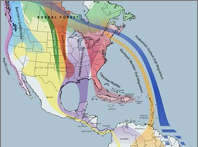 Over 50% of all North American bird species use the Boreal Forest at some point in their life cycle; many depend on it, especially neo-tropical migrants such as warblers. For waterfowl, the extensive wetlands and riparian zones of the Boreal Forest represent an indispensable resource for breeding and migratory stopover areas. The map to the right, from the Boreal Songbird Initiative, gives a good visual idea of how extensively bird species in North America use the Boreal Forest. Click on it for detailed views.
Over 50% of all North American bird species use the Boreal Forest at some point in their life cycle; many depend on it, especially neo-tropical migrants such as warblers. For waterfowl, the extensive wetlands and riparian zones of the Boreal Forest represent an indispensable resource for breeding and migratory stopover areas. The map to the right, from the Boreal Songbird Initiative, gives a good visual idea of how extensively bird species in North America use the Boreal Forest. Click on it for detailed views.


 For more information read Reports and Papers by the Boreal
Songbird Initiative, or visit the sites to the right.
For more information read Reports and Papers by the Boreal
Songbird Initiative, or visit the sites to the right.
